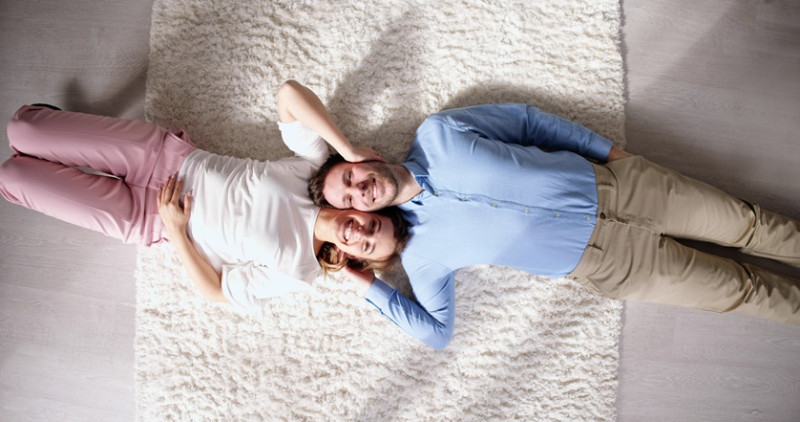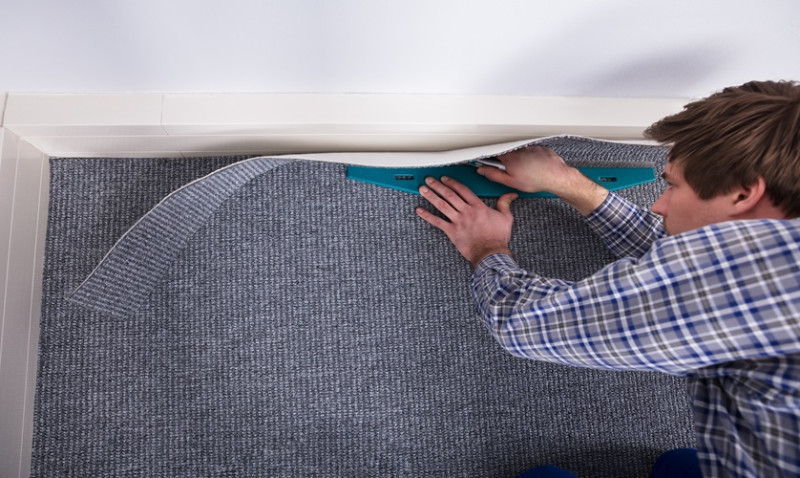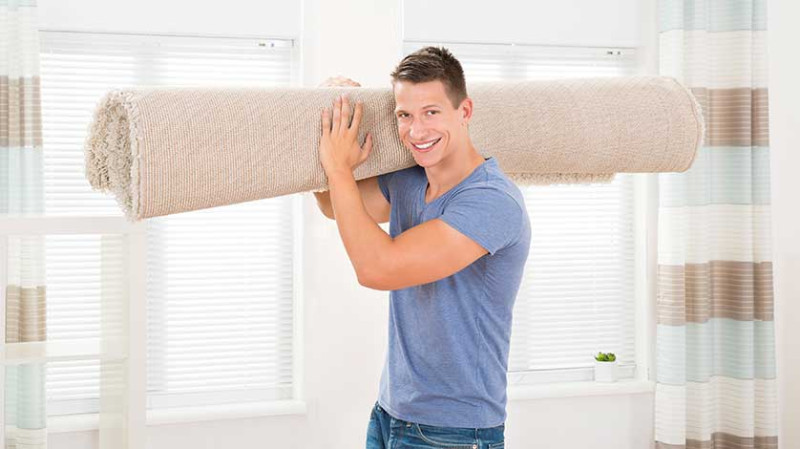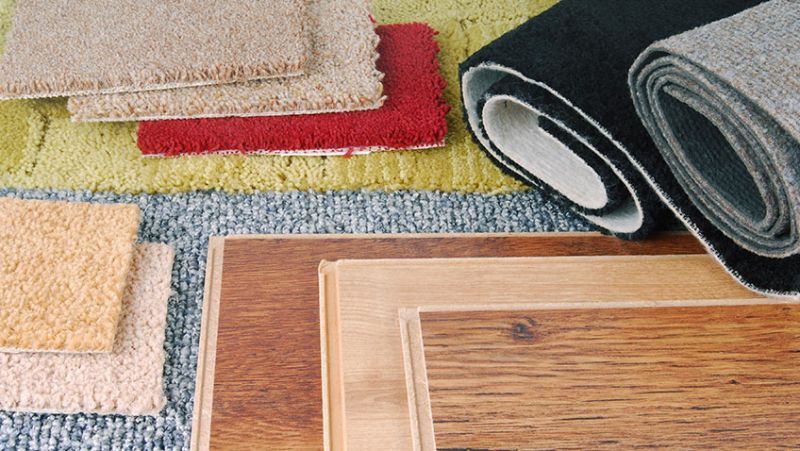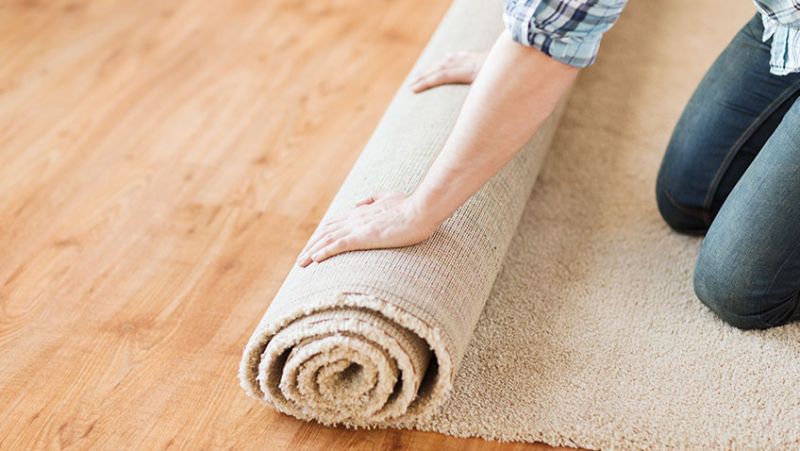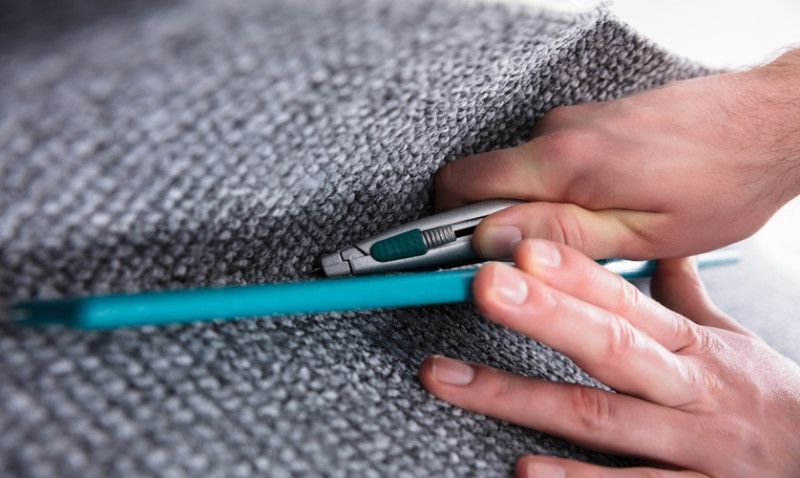
Layering rugs over carpet is a stylish interior design trend that’s gaining popularity, especially among UK homeowners looking to add character and depth to their spaces. But if you're wondering whether placing a rug over carpet is practical or just a Pinterest-inspired whim, we've gone straight to expert designers to bring you the answers. Whether you're a DIY enthusiast redecorating your flat, a professional trader looking to impress your clients, or simply want to soften the look of your living room, here's how to master the rug-over-carpet look like a pro.
Why Layer Rugs Over Carpet?
At first glance, putting a rug on carpet might seem redundant. After all, carpet already adds texture and warmth. But rugs introduce a sense of visual interest, variety and functionality that wall-to-wall carpet alone just can’t achieve. In fact, rugs can be the finishing touch that transforms a room from functional to fabulous.
Layering helps define zones in open-plan spaces. Say you have a large carpeted lounge-diner – a bold rug under your coffee table instantly distinguishes the seating area, making it more inviting. Rugs also allow you to refresh a tired room with on-trend colours or patterns without costly renovations.
Designers often use rugs to introduce new textures – think flat-weave kilims over plush carpet – which add dynamic contrast. It's also a clever trick for renters who can’t change carpet but want to inject personal style. Finally, rugs can cover high-traffic areas or stains, extending the life of your carpet underneath.
Best Rug Types for Carpet Layering
Choosing the right rug to pair with your carpet is crucial for both style and safety. Not every rug will complement your carpet’s texture or stay securely in place. Here's what UK interior designers suggest:
- Low-pile on high-pile: If your carpet is thick and plush, opt for a thin rug like a flat-weave or low-pile for visual balance and stability.
- High-pile on low-pile: Conversely, if your carpet’s pile is short and tight (like Berber or synthetic loops), a luxurious shaggy or Moroccan-style rug will provide a cosy focal point.
- Contrasting textures: A smooth wool rug over a looped carpet gives a tactile contrast. Natural fibre rugs like jute or sisal can offer a rustic grounding effect over soft carpet.
- Layered hides and faux fur: These can add organic shapes and softness over short pile carpets, popular in bedrooms or dressing areas.
Choosing the Right Size and Placement
The size of your rug matters more than ever when layering. Too small, and it’ll look random; too large, and it becomes impractical. Always aim for a rug that creates visual balance – ideally, large enough to anchor furniture and create defined zones.
In living rooms, the goal is to have the front legs of sofas and chairs resting on the rug. This ties pieces together and prevents tripping over edges. In bedrooms, a rug under the lower third of the bed with space extending beyond each side can add elegance and comfort.
If layering rugs over carpet in dining rooms, make sure the rug is large enough for both table and chairs. When chairs are pulled out, they should still be fully on the rug — ensuring stability and protecting your carpet below.
How To Keep Your Rug From Slipping
One major concern with rug-over-carpet is slippage. Without proper grip, rugs become safety hazards, especially in busy households. Luckily, there are effective solutions available in the UK to keep rugs in place:
| Solution | Description | Where to Find |
|---|---|---|
| Rug-to-carpet underlay | Special gripper pads designed to go between a rug and carpet. Adds friction without damaging surfaces. | Available from brands like RugPadUSA, IKEA, John Lewis |
| Double-sided carpet tape | Strong adhesive tape to fix rug corners in place. Best for rugs with backing that can handle stickiness. | DIY stores like B&Q, Wickes, or Screwfix |
| Corner rug grippers | Reusable rubberised grippers that stick to rug corners and flex to prevent curling or movement. | Amazon UK, Dunelm, HomeBase |
| Velcro strips | Used for temporary rug placements. One side sticks to carpet, the other to rug underside. | Ideal for showrooms or temporary installs |
Always test products on a small corner to ensure they don’t stain or damage your carpet or rug. Regular vacuuming also prevents grit buildup which can cause shifting over time.
Using Layers to Express Your Personality
Layering a rug over carpet is an expression of your personal style. It allows you to play with colour, shape, and mood throughout the home. Whether your tastes lean toward bold geometrics, handwoven ethnic patterns, or minimalist palettes, there’s always a rug that can enhance the feel of your space.
In urban areas like London or Manchester, residents often blend Scandinavian neutrals with bold accent rugs to create youthful, airy interiors suitable for small flats. In contrast, those in country homes might layer vintage Persian styles over sisal carpets for a luxurious, cottage-core feel.
It’s also worth considering seasonal changes. Swapping out rugs is an easy way to transition a room from summer to winter – opt for lightweight cotton in warmer months, then reach for warm wool or faux fur when temperatures drop.
Pro Tips from Interior Designers
We asked several UK-based interior designers to share their best practices when layering a rug over carpet. Here’s what they said:
- “Eyes first, then feet.” Make sure the pattern or colour of the rug draws the eye in before anyone even steps on it. Design is as much about atmosphere as function.
- “Design in thirds.” Divide your room into visual thirds. The rug should take up one-third to half of your available floor space for balance.
- “Try angles.” If you're layering a small rug, position it at an angle over a square or rectangular carpet space to create dynamic interest.
- "Commit to contrast." Avoid pairing rugs and carpets that are too similar in tone or texture – they’ll blend in and look accidental.
Ultimately, rug layering is an affordable and flexible way to elevate your décor. With a thoughtful approach to texture, size, and placement, you'll achieve a polished and comfortable space that feels uniquely yours.
Final Thoughts
Layering a rug over carpet isn't just for show homes or Pinterest boards. It’s a fully functional, design-savvy method embraced by UK designers to revive tired rooms and introduce personality. Whether you're a young professional transforming your first home or a decorator working on a bespoke brief, don’t overlook the power of a well-placed rug. It might be the finishing touch your space has been waiting for.
Next time you're refreshing your living space, look beyond the carpet underfoot. With the right rug, you can create depth, add style, and build a cosy room you'll love walking into day after day.
